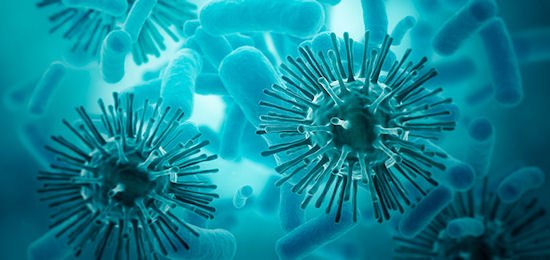In May 2015, the Zika virus infiltrated Brazil (Higgs, 2016). Since then, autochthonous transmission of the virus has been confirmed in 19 other countries in the Americas (Hennessey, 2016). By October 2015, almost 4,000 cases of microcephaly were identified; a sharp increase from the previous year, in which fewer than 150 cases were diagnosed in all of 2014 (Dyer, 2016b).
Although a causal link between the Zika virus and microcephaly has not yet been established, the circumstantial evidence is alarmingly suggestive (Torjesen, 2016). With no vaccine or treatment available, concern over the spread and effects of the disease is rapidly increasing.
The Zika virus is named after a forest in Uganda where the virus was first found in 1947 in a rhesus monkey (Dyer, 2016b). The virus is transmitted through the Aedes mosquito species and causes a mild fever and rash (Torjesen, 2016). However, only one-quarter of those infected with the Zika virus show symptoms (Gulland, 2016). Despite the seemingly mild immune response to the virus, suggested consequences include the autoimmune disease, Guillain-Barre syndrome, stillbirth, neonatal death and most notably, microcephaly (Torjesen, 2016).
Microcephaly generally stems from abnormal brain development and can lead to severe intellectual and motor defects (Schuler-Faccini, 2016). It is commonly defined as ≥ 2 standard deviations (SD) below the mean for sex and gestational age at birth (Schuler-Faccini, 2016).
In an effort to understand the relationship between the Zika virus and microcephaly, the Brazilian Society of Medical Genetics founded the Zika Embryopathy Task Force, a multi-disciplinary team of specialists, to assess all cases of microcephaly and all infants born to women infected with the Zika virus during pregnancy (Schuler-Faccini, 2016). Based on the first 35 cases recorded, 74% of mothers reported a rash, 71% of infants had severe (≥ 3 SD below the mean) microcephaly and of the 27 who has neuroimaging assessed, all were abnormal (Schuler-Faccini, 2016). Additionally, Zika virus RNA was identified in the amniotic fluid of two women whose fetuses were diagnosed prenatally (Schuler-Faccini, 2016).
The disturbingly suggestive evidence prompted quick responses from affected countries. Seeing as there is no know medical treatment for the virus, several measures to combat transmission have been implemented. Pregnant women are advised to wear protective clothing, mosquito repellant and avoid travelling to affected countries. Besides reducing mosquito breeding grounds and habitats, Brazil has released mosquitos with a dominant lethal gene (Alphey, et al. 2010). Furthermore, health authorities in several of the affected countries have advised women to temporarily delay pregnancy (Dyer, 2016a).
The World Health Organization expects the Zika virus to invade all countries in the Americas that have the Aedes mosquito, that being all except for Canada and Chile (Torjesen, 2016). Nevertheless, it is possible for a new vector species to be introduced and consequently expand transmission to new areas (Higgs, 2016). Finally, the virus can also be transmitted through blood (Musso, et al. 2014) and possibly through semen (Musso, et al. 2015).
In conclusion, the Zika virus has rapidly become a public health concern for most countries in the Americas. With no medical treatments and rapidly rising infection rates, a legitimate attempt to eradicate the mosquito and prevent further transmission of the disease is crucial.




